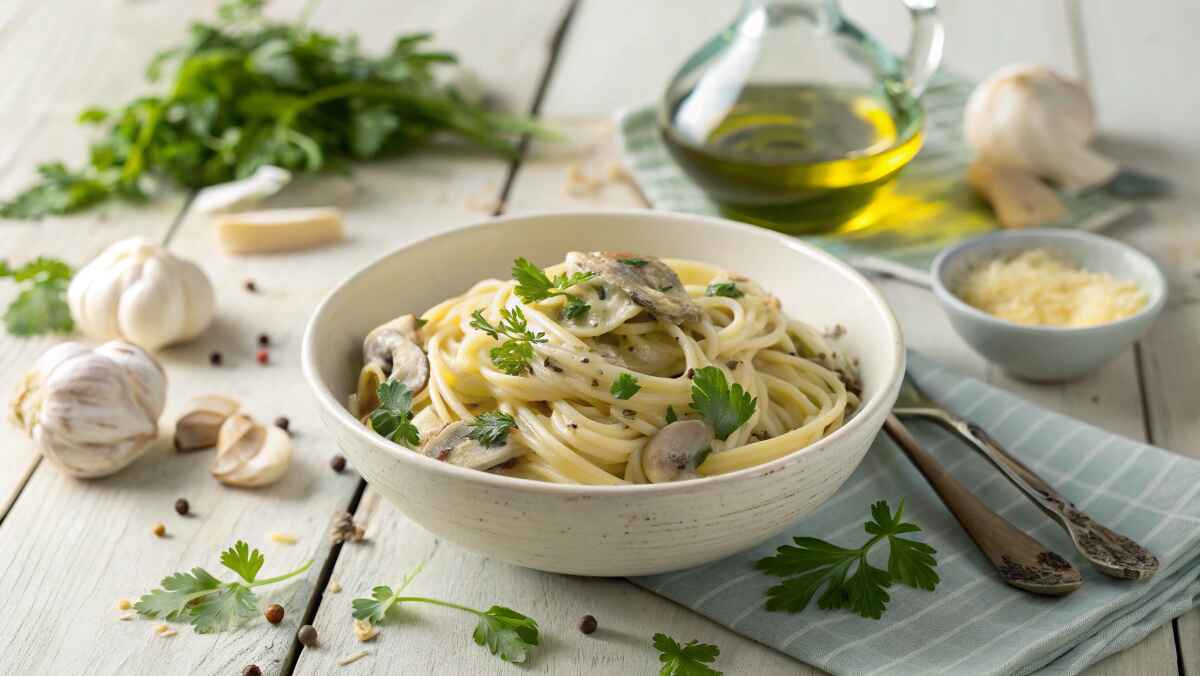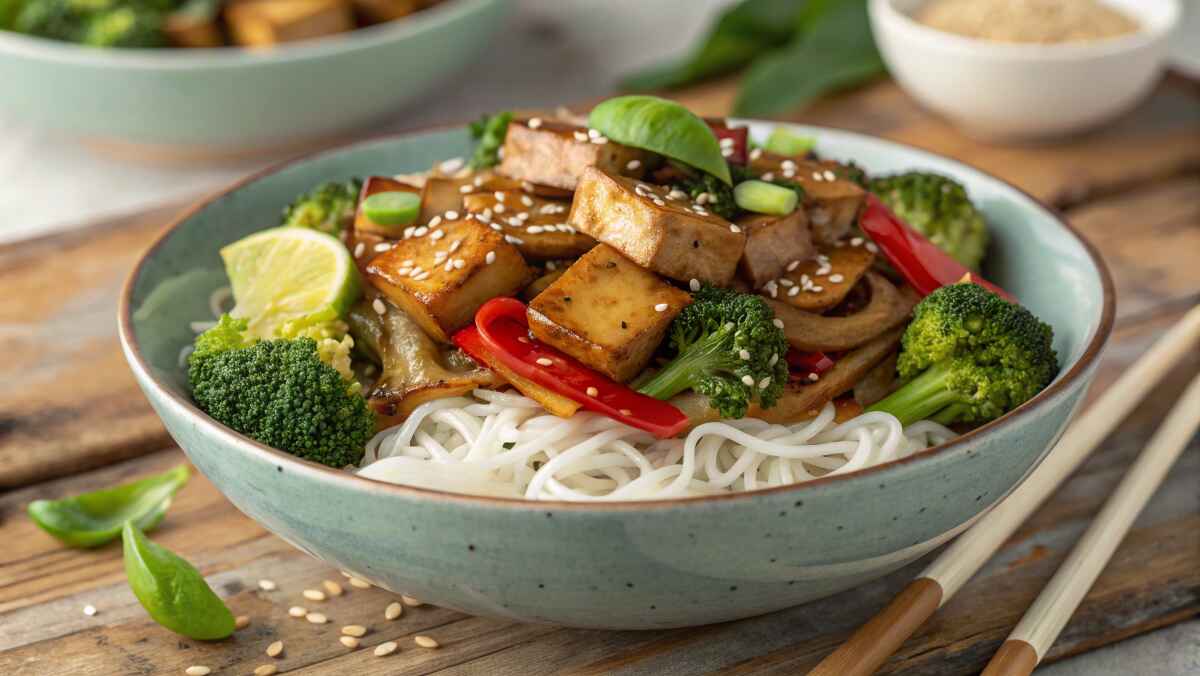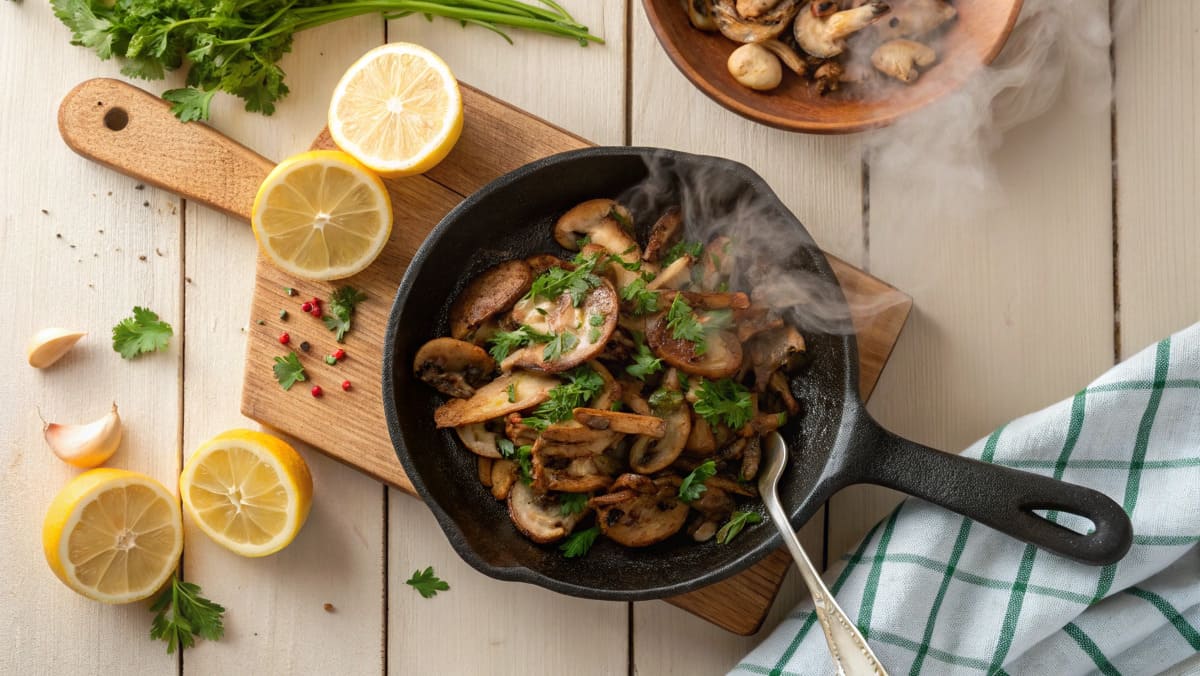Earl Grey vs. English Breakfast Tea—which one is right for you? Both are among the most popular black teas, enjoyed by tea lovers worldwide. However, their flavors, origins, and ideal pairings set them apart.
Earl Grey tea is known for its distinct citrusy aroma, thanks to the bergamot oil infusion, giving it a bright and slightly floral taste. In contrast, English Breakfast tea is bold, malty, and full-bodied, making it an excellent choice for those who enjoy a strong, energizing brew—especially with milk and sugar.
This guide will explore:
✅ The origins of Earl Grey and English Breakfast tea
✅ Flavor profiles and key ingredients
✅ Caffeine content and health benefits
✅ Best ways to serve and pair each tea
By the end, you’ll have a clear understanding of Earl Grey vs. English Breakfast Tea, helping you decide which one suits your taste and daily routine best. ☕✨
While both teas are made from black tea leaves, their flavors, origins, and ideal pairings set them apart. Earl Grey is known for its citrusy, fragrant bergamot infusion, giving it a bright, aromatic quality that feels both refreshing and sophisticated. On the other hand, English Breakfast tea is bold, robust, and malty, making it an excellent choice for those who enjoy a strong, energizing brew—especially with milk and sugar.
In this guide, we’ll explore:
✅ The origins and history of Earl Grey and English Breakfast tea
✅ Flavor profiles and key ingredients
✅ Health benefits and caffeine content
✅ Best ways to serve and pair each tea
By the end, you’ll have a clear understanding of which tea best suits your preference, whether you love the zesty elegance of Earl Grey or the full-bodied strength of English Breakfast tea. ☕✨
Introduction to Earl Grey and English Breakfast Tea
Earl Grey tea is a black tea blend flavored with bergamot oil, which gives it its unique citrusy aroma and flavor. Named after Charles Grey, 2nd Earl Grey, this tea has become synonymous with sophistication and is a staple of afternoon tea traditions.
English Breakfast Tea is a robust and hearty black tea blend made from Assam, Ceylon, and Kenyan teas. It was crafted to complement the traditional English breakfast, making it a morning favorite for its bold flavor and energizing qualities.
For more on the cultural significance of English Breakfast tea, read this guide on English Breakfast tea traditions.
2. Origins and History of Earl Grey vs. English Breakfast Tea
The histories of Earl Grey tea and English Breakfast tea are deeply rooted in British tea culture, each with its own fascinating origins and unique cultural significance. While both are beloved black teas, their development and early popularity were shaped by aristocracy, trade, and the evolution of tea-drinking traditions.
Earl Grey Tea: A Tea Fit for Nobility
Earl Grey tea dates back to the 1830s, when it was named after British Prime Minister Charles Grey, 2nd Earl Grey. According to legend, Lord Grey was gifted this uniquely flavored tea by a Chinese official as a token of gratitude for a diplomatic favor. The defining characteristic of Earl Grey—its distinctive bergamot flavor—is said to have been created either to enhance lower-quality black tea leaves or to counteract the taste of hard water on British estates.
The tea quickly gained popularity among British aristocracy, particularly in afternoon tea rituals, where its light, fragrant, and citrusy notes made it a sophisticated alternative to stronger, bolder black teas. Over time, Earl Grey evolved into various versions, including Lady Grey (a milder blend with added lemon and orange peel) and vanilla-infused variations. Today, it remains a symbol of elegance and refinement, often enjoyed plain or with a splash of milk.
💡 Fun Fact: Earl Grey tea was traditionally made using Keemun or Chinese black tea, but modern blends often use Assam, Darjeeling, or Ceylon tea as a base.
English Breakfast Tea: The Working Man’s Tea Turned Royal Favorite
Unlike Earl Grey, English Breakfast tea has more humble origins, emerging in the 19th century as a strong, bold blend designed to pair with the traditional English breakfast. The tea was intended to complement savory morning meals, such as eggs, bacon, toast, and grilled meats, making it a staple for working-class Britons who needed an energizing start to their day.
English Breakfast tea gained royal recognition when Queen Victoria adopted it as her preferred morning tea, further cementing its place in British tea culture. The blend quickly spread across Britain and its colonies, with variations emerging based on available black teas. Traditionally, English Breakfast was a blend of Chinese Keemun tea, but today, it often consists of a mix of Assam, Ceylon, and Kenyan teas, known for their strong, malty, and full-bodied character.
💡 Fun Fact: Despite its name, English Breakfast tea’s origins are debated, with some claiming it was first blended in Scotland or America before becoming popular in England.
Cultural Relevance: Elegance vs. Energy
Beyond their distinct flavors, Earl Grey and English Breakfast tea hold different cultural associations:
- ☕ Earl Grey Tea is often linked to sophistication and afternoon tea traditions, making it a favorite among those who enjoy a light, fragrant, and refined tea experience.
- 🍵 English Breakfast Tea is considered a reliable, energizing staple, often enjoyed in the morning for a bold caffeine boost—especially when served with milk and sugar.
Whether you prefer the zesty elegance of Earl Grey or the hearty robustness of English Breakfast tea, both blends have stood the test of time and continue to be cherished by tea lovers around the world.
3. Flavor Profile
Earl Grey Tea
The flavor of Earl Grey is defined by the addition of bergamot oil, which gives it a light, citrusy, and slightly floral aroma. The tea itself is often smooth, with subtle earthy undertones from the black tea base.
- Citrusy Notes: The bergamot lends a refreshing brightness to the tea.
- Light and Fragrant: Its delicate flavor makes it perfect for moments of relaxation.
English Breakfast Tea
English Breakfast tea, by contrast, is known for its bold, malty, and full-bodied flavor. This tea is robust enough to pair with rich foods, making it an excellent companion to breakfast dishes.
- Malty Depth: The Assam component gives it a rich, malty flavor.
- Balanced Strength: The blend’s full-bodied nature makes it ideal for those who prefer a strong cup of tea.
4. Ingredients and Blending
Earl Grey Tea Ingredients
The defining feature of Earl Grey tea is the addition of bergamot oil, extracted from the rind of bergamot oranges. The black tea base can vary, often including teas from China, India, or Sri Lanka.
English Breakfast Tea Ingredients
English Breakfast tea is a blend of Assam, Ceylon, and Kenyan black teas, each contributing distinct flavor elements:

- Assam: Provides a malty and robust foundation.
- Ceylon: Adds a citrusy brightness.
- Kenyan Tea: Offers a full-bodied, earthy flavor.
For more on the specific teas used in English Breakfast blends, explore this guide on tea ingredients.
5. Brewing Techniques
Proper brewing techniques can enhance the unique flavors of each tea.
Earl Grey Tea Brewing Tips
- Water Temperature: Use water heated to 90–95°C (194–203°F) to preserve the delicate bergamot aroma.
- Steeping Time: Steep for 3–5 minutes. A shorter steeping time highlights the citrus notes, while a longer steep deepens the flavor.
- Serving Suggestions:
- Classic: Enjoy plain to appreciate its natural flavor.
- London Fog: Add steamed milk and vanilla for a creamy twist.
English Breakfast Tea Brewing Tips
- Water Temperature: Boil water to 100°C (212°F) to extract the tea’s bold flavors fully.
- Steeping Time: Steep for 4–5 minutes for a rich, robust brew.
- Serving Suggestions:
- Traditional: Serve with milk and sugar to balance the malty flavors.
- Plain: Enjoy black for a stronger, more straightforward taste.
6. Health Benefits
Both Earl Grey and English Breakfast tea offer health benefits, but their effects differ slightly due to their ingredients.
Earl Grey Tea Health Benefits
- Rich in Antioxidants: Protects cells from oxidative stress.
- Supports Digestion: The citrusy bergamot may help improve digestion.
- Calming Effect: Bergamot oil has been linked to stress reduction.
English Breakfast Tea Health Benefits
- Boosts Energy: High caffeine content provides an energizing start to the day.
- Heart Health: Flavonoids in black tea support cardiovascular health.
- Aids Digestion: Pairs well with rich foods, helping with digestion.
Intralink: For more on the health benefits of English Breakfast tea, check out this detailed article.
7. Popular Pairings
Earl Grey Tea Pairings
- Desserts: Lemon tarts, shortbread cookies, or macarons.
- Light Foods: Soft cheeses like Brie or fruit salads.
English Breakfast Tea Pairings
- Breakfast Foods: Eggs, bacon, sausages, or buttered toast.
- Pastries: Croissants, scones with clotted cream, or jam-filled tarts.
8. Cultural Significance
Earl Grey tea is often associated with elegance and refinement, making it a popular choice for afternoon tea rituals. English Breakfast tea, on the other hand, is deeply rooted in British breakfast traditions, symbolizing strength and reliability.
9. When to Choose Each Tea
Choose Earl Grey Tea If You:
- Prefer light, citrusy flavors.
- Enjoy tea as part of an afternoon ritual or dessert pairing.
- Want a calming tea with aromatic qualities.
Choose English Breakfast Tea If You:
- Need a strong, energizing cup in the morning.
- Love pairing tea with savory breakfasts or hearty meals.
- Prefer a classic black tea without added flavorings.
10. FAQs
1. Can you mix Earl Grey and English Breakfast tea?
Yes! Mixing the two creates a unique blend that balances the citrusy notes of Earl Grey with the robust flavor of English Breakfast.
2. Which tea has more caffeine?
English Breakfast tea generally has more caffeine, making it more energizing than Earl Grey.
3. Can both teas be enjoyed without milk?
Absolutely! Both teas can be enjoyed plain, though English Breakfast tea is traditionally served with milk and sugar.
Which Tea is Right for You?
Ultimately, the choice between Earl Grey and English Breakfast tea comes down to personal preference. If you enjoy light, citrusy flavors and prefer a more aromatic tea, Earl Grey is an excellent option. On the other hand, if you’re looking for a bold, malty tea that pairs well with hearty meals, English Breakfast tea is the way to go.
Whether you choose Earl Grey, English Breakfast, or a mix of both, each offers a unique and enjoyable experience for tea lovers. For more on pairing tea with meals, explore this guide on creative food pairings.




